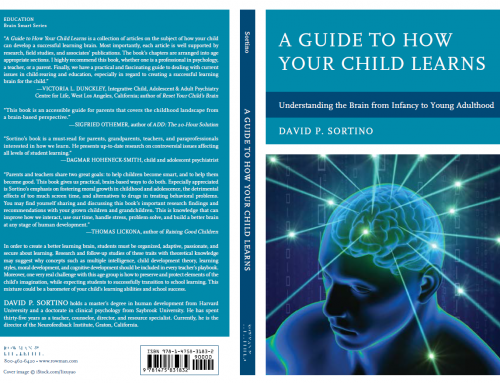Canines have served the handicapped for years in schools and hospitals.
For example, in Sonoma County, Bergin University of Canine studies offers a B.A. and/or a Master’s degree in Dog-Assisted Living. Students come from all over the world to obtain a degree in dog-assisted living. From housewives in their 50s to psychiatrists at VA hospitals, individuals seek expertise and a degree in dog-assisted living. Moreover, Paws For Healing has been a mainstay in Sonoma schools to calm the most hyperactive of students.
Recently, I visited a middle school classroom and I noticed a student sitting in the back of the classroom reading to a canine ( a pug named Henry). The child had a history of classroom behavior problems and was labeled as having ADHD but displayed none of this behavior. In fact, the child was focused for over a half hour, reading quietly to the canine that sat quietly on his lap. The purpose of bringing Henry into the classroom was not only to calm hard to teach students but also to help students with their reading.
After the class ended the teacher related the evolution of bringing Henry into the classroom. She explained that a reading area was set up in the back of the classroom with couches and pillows to foster greater reading times for particular students who had problems sitting at desk for the hour-long period. Unfortunately, the lounge reading area was only marginally successful for such students. Then the teacher enlisted the help of Henry and low functioning readers were given the opportunity to read to Henry for 30-minute blocks. To the teacher’s surprise, low readers were able to read to Henry not only for 30 minutes but also for even longer as they often requested.
A study conducted by Tufts Medical School (2011) states: There are many health and psychological benefits of contact with animals, particularly for children. The study found that the presence of a friendly dog reduced blood pressure in children who were asked to read aloud to canines. These benefits of the human-animal interaction could be used to make the learning process more comfortable and enjoyable for children. Furthermore, other dog assistance-reading program for students of all ages confirmed the same reading results in other schools when students were allowed to read to canines.
Therefore, what goes on in these students’ brains that fosters such positive reading growth?
Without canine attention, reading was marginally low for such children. One explanation is how the brain’s deals with incoming (reading) information. Information comes into the brain’s thalamus, which is located in the lower centers of the brain. If the act of reading proves threatening, then information is sent to the amygdala or fight or flight and reading or sitting for lengthy periods of time is compromised.
If the incoming information is non-threatening, information is sent to the hippocampus (the part of our brain associated with positive relationships) where short-term memory is converted to long-term memory (cerebral cortex) or greater memory consolidation. In short, learning increases due to the increased length of time available to read.
My recommendation to any teacher or parent with a student or child who has difficulties reading for any length of time is to employ a canine companion in your classroom to stimulate greater reading time. A dog assistance program or school is waiting for your call.
Parents and teachers can contact Paws For Healing for a local resource and if you are interested in a career in dog-assisted living contact Bergin University of Canine studies.
Contact davidsortino@comcast.net or at his blog: davidsortino.com


